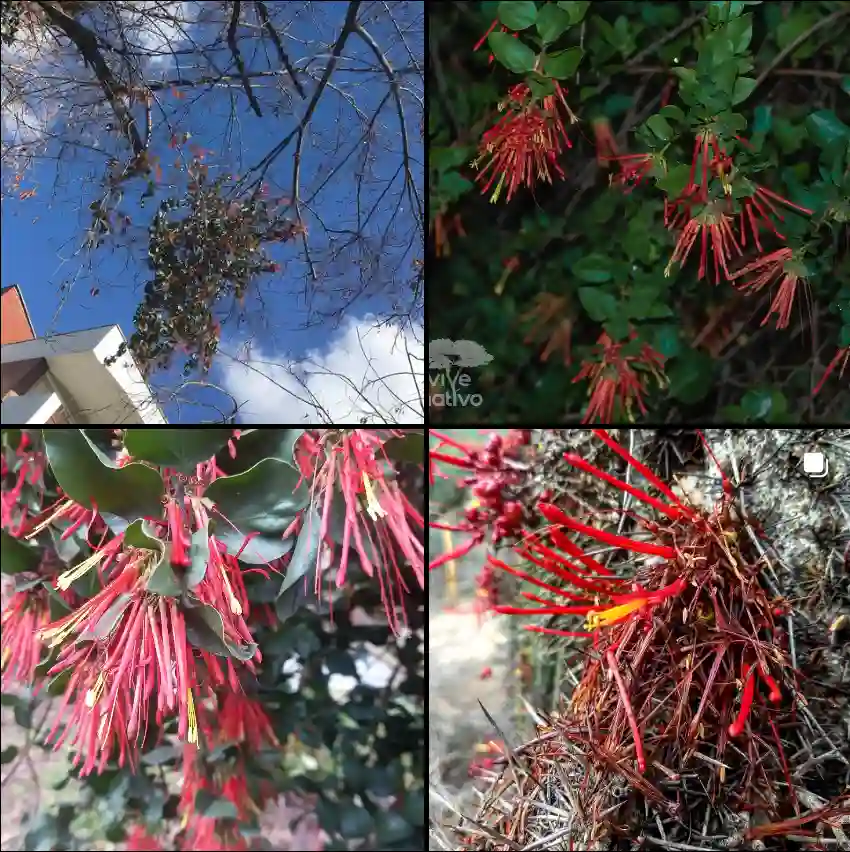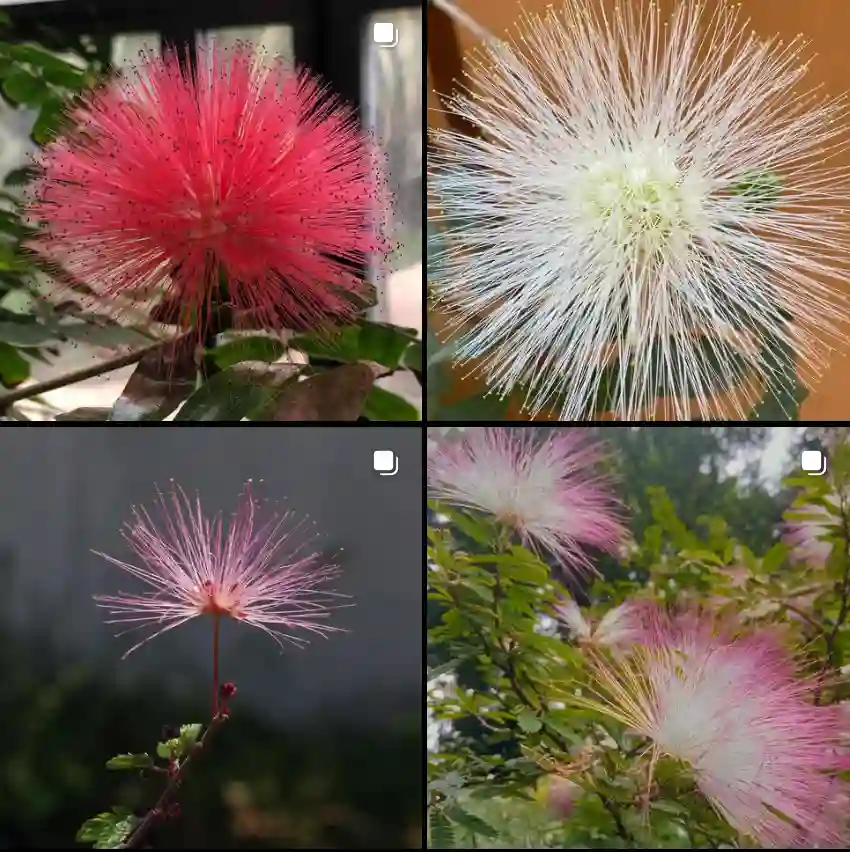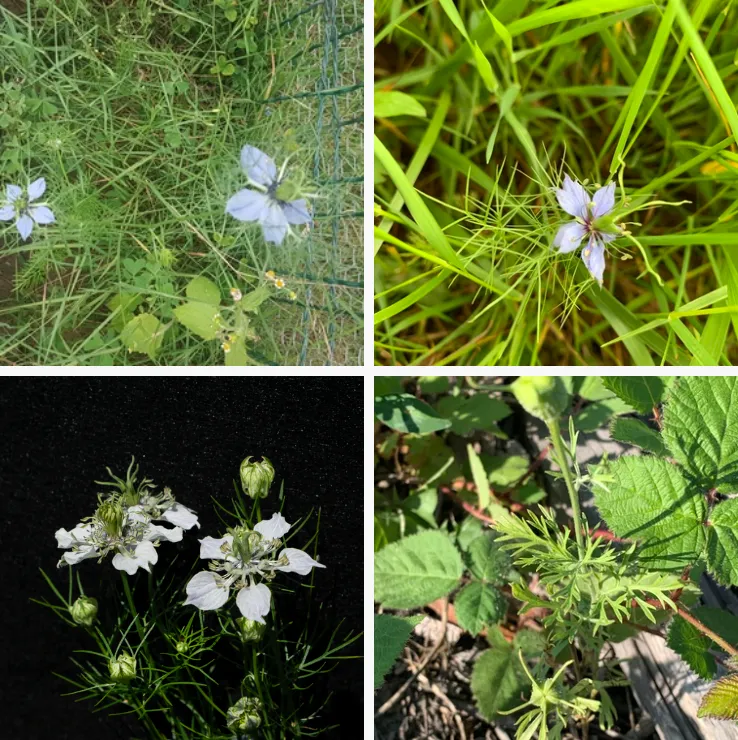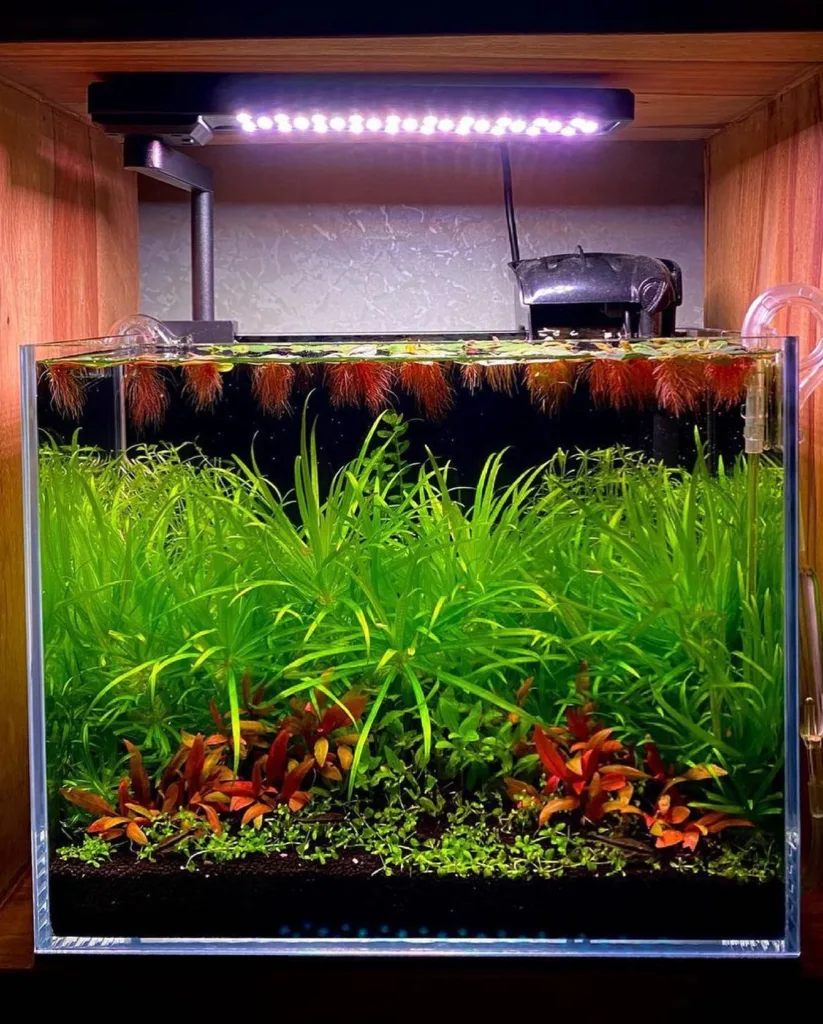FAQs About Coelogyne Mayeriana
As a plant enthusiast, I’ve had my fair share of encounters with the Coelogyne Mayeriana. This stunning orchid, known for its elegant blooms and fragrant scent, often piques the interest of many fellow gardeners. If you’re considering adding Coelogyne Mayeriana to your collection or simply curious about its care and characteristics, here’s a comprehensive guide based on my personal experiences.
What Is Coelogyne Mayeriana?
Coelogyne Mayeriana belong to the Orchidaceae family, is native to Southeast Asia. It’s recognized for its beautiful, star-shaped flowers which range from white to pale yellow with hints of orange. These orchids are epiphytic, meaning they naturally grow on trees in their native habitat, absorbing moisture and nutrients from the air.
Plant Family: 740 Gnera in Orchidaceae
How to Care for Coelogyne Mayeriana?
Light: Coelogyne Mayeriana thrives in bright, indirect light. Direct sunlight can scorch its leaves, so a spot with filtered light or partial shade is ideal. I’ve found that placing it near a window with diffused light works best.
Temperature: This orchid prefers intermediate temperatures, generally between 60-75°F (15-24°C). It can tolerate cooler temperatures at night but be cautious of drastic temperature drops.
Humidity: High humidity is crucial for Coelogyne Mayeriana. I maintain a humidity level of around 50-60% in my home. Using a humidity tray or a humidifier can help recreate its natural environment.
Watering: Watering should be done thoroughly but infrequently. I let the top inch of the potting mix dry out before watering again. Overwatering can lead to root rot, which I’ve experienced firsthand with other orchids.
Fertilizing: Feed Coelogyne Mayeriana with a balanced orchid fertilizer every 2-3 weeks during the growing season. I use a diluted solution to avoid overwhelming the plant.
How to Propagate Coelogyne Mayeriana?
Propagation of Coelogyne Mayeriana is usually done through division. Here’s how I approach it:
- Timing: The best time to divide is after the blooming period, typically in spring or early summer.
- Division: Gently remove the plant from its pot and separate the bulbs or pseudobulbs, ensuring each division has roots and a few growths.
- Re-potting: Re-pot the divisions into fresh orchid mix. I prefer using a blend of bark, sphagnum moss, and perlite.
Propagation can be a bit tricky, but with patience and proper care, you’ll see new growth in no time.
What to Plant With Coelogyne Mayeriana?
Coelogyne Mayeriana pairs well with other orchids and epiphytes that share similar care requirements. I’ve successfully grown it alongside Phalaenopsis and Dendrobium orchids. Just ensure that the plants have compatible light and humidity needs.
Is Coelogyne Mayeriana Toxic?
Coelogyne Mayeriana is not toxic to pets or humans. I’ve had it around my pets without any issues. However, as with all plants, it’s wise to prevent ingestion, especially if you have curious pets or small children.
Benefits of Growing Coelogyne Mayeriana
Aside from its striking beauty, Coelogyne Mayeriana offers several benefits:
- Aesthetic Appeal: Its fragrant flowers add elegance to any space. I love how it brightens up my living room with its delicate blooms.
- Air Purification: Like many orchids, it helps purify the air by removing toxins, making it a great addition to indoor environments.
Common Problems and Solutions
1. Root Rot: Overwatering is the main cause of root rot. To prevent this, ensure proper drainage and avoid letting the plant sit in stagnant water.
2. Leaf Yellowing: This can be due to insufficient light or nutrient deficiencies. Adjust the light conditions and check the fertilization schedule to address this issue.
3. Pests: Watch out for common orchid pests like aphids and mealybugs. Regularly inspect the plant and treat any infestations with appropriate insecticides.
Comparison with Similar Orchids
Coelogyne Cristata: Unlike Coelogyne Mayeriana, which has star-shaped flowers, Coelogyne Cristata features larger, white flowers with a distinctive crest. Both require similar care, but Coelogyne Cristata tends to be more tolerant of cooler temperatures.
Dendrobium: Dendrobiums and Coelogyne Mayeriana are both epiphytic orchids but differ in their flower structure and care. Dendrobiums often prefer slightly cooler temperatures and can tolerate lower humidity levels compared to Coelogyne Mayeriana.
In summary, Coelogyne Mayeriana is a captivating and relatively easy-to-care-for orchid with specific needs. By understanding its requirements and addressing common issues, you can enjoy its beauty and fragrance in your home. If you’re considering this orchid, I hope my experiences help you cultivate a thriving plant.
If i die, water my plants!



